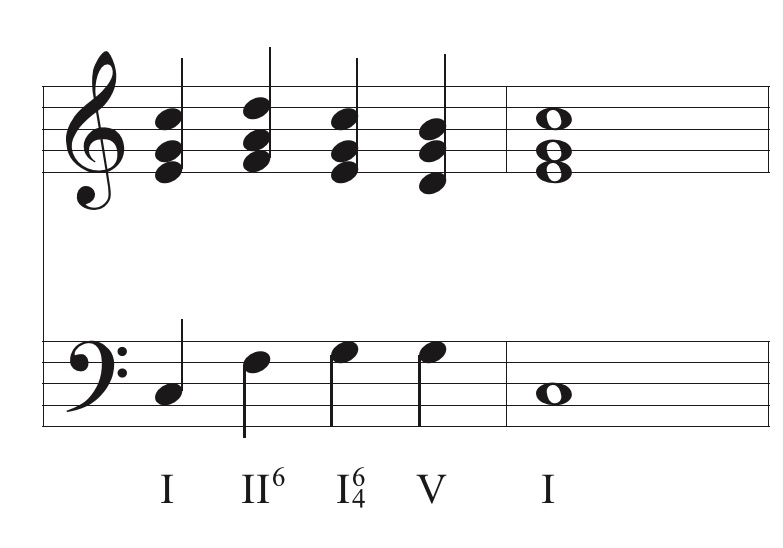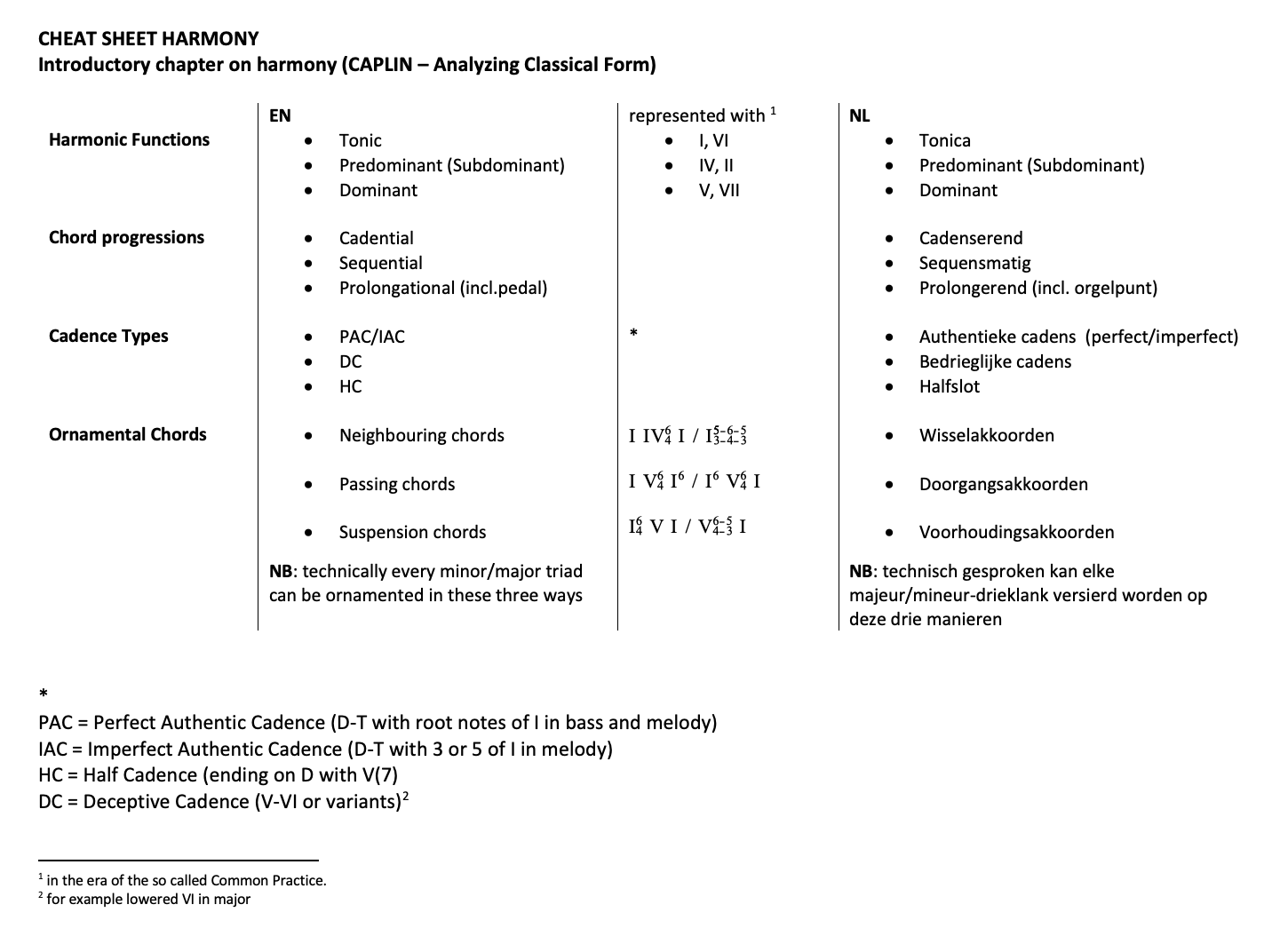Harmony
In current western music working with chords or harmonies is one of the key characteristics. During the centuries different approaches were used. The meaning of the term harmony goes back to the Greek harmonia, which had in ancient times primarily mathematical and philosophical connotations. From the seventeenth century until the present day the so called "triad-based music" has been dominant. The theory of harmony developed into a separate theoretical-practical discipline. The most important coding systems which evolved during the last centuries are:
- figured bass/thoroughbass
- degrees (roman numerals)
- coding of harmonic functions (in the german theoretical tradition)
- chord symbols
Concepts (Grove):
- chord
- chordal inversion
- dissonance
- (constructional technique and note relationships)
- tonality
- key
Article Grove Music Online: https://doi.org/10.1093/gmo/9781561592630.article.50818
Within Hanze library: https://doi-org.nlhhg.idm.oclc.org/10.1093/gmo/9781561592630.article.50818
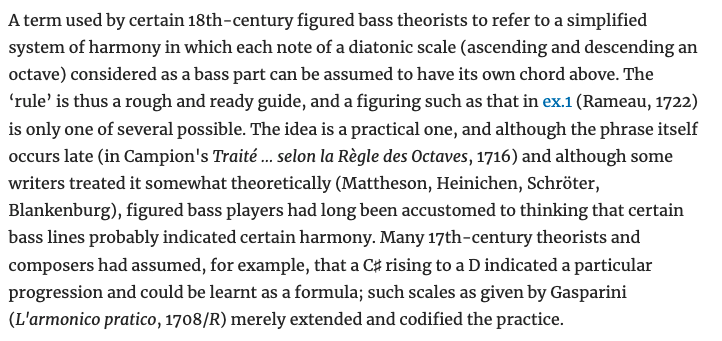
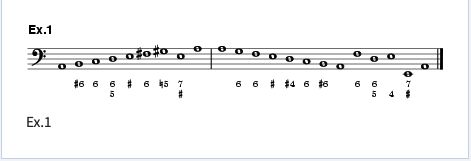
Check the video on earlymusicsources.com
from modes to major-minor
scale pattern in bass line, ascendign and descending.
perfect and inperfect harmony (1:26)
(1) and (5) perfect harmony (3 5)
the rest imperfect (3 6)
7 of (5) at first ornamental (passing note) later part of the V7 chord
the "dominant" flavoured elements (containing (7).
releation between (1) and (3) and (5) and (7). (2:50)
the diminished fifth and cadences (3:46)
elements of clausulae in RO (6:00)
Sanguinetti example
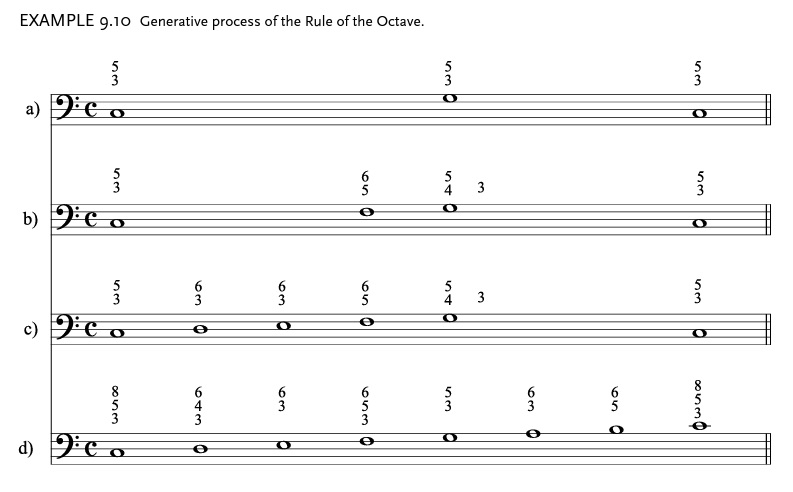
Sanguinetti example realisation
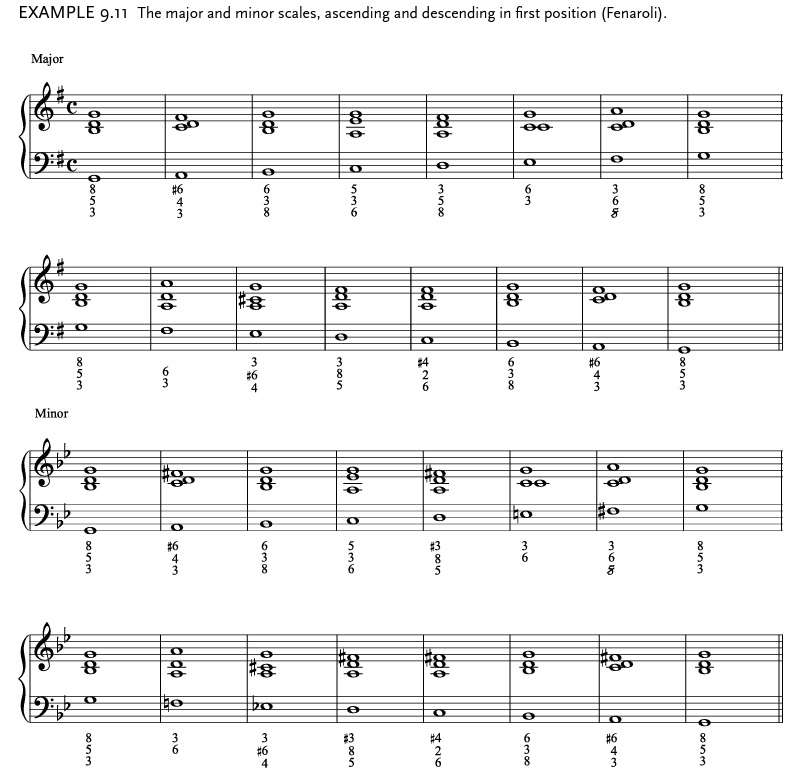
major
minor
A characteristic melodic feature of the Neapolitan 6th is the use of a chromatic upper and lower neighbour around the tonic note.
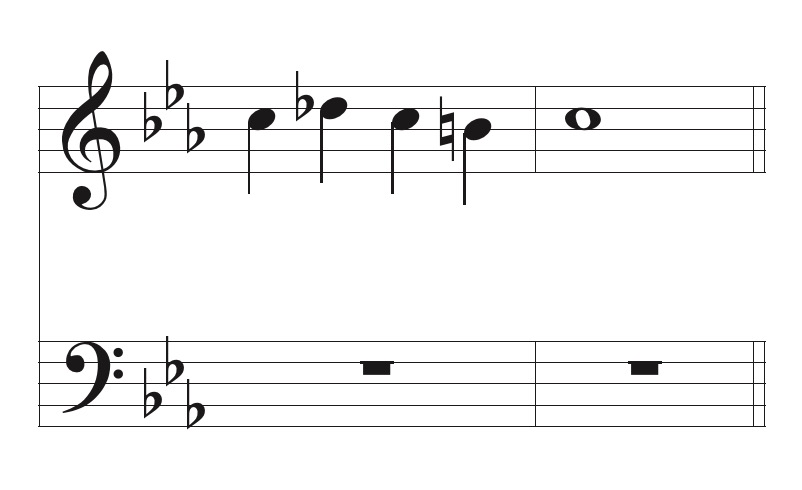
The Neapolitan 6th chord is often combined with a bass-line which uses (1), (4) and (5) of the scale.
When we play this combination we clearly hear during the dominant a 4-3 movement in the upper voice
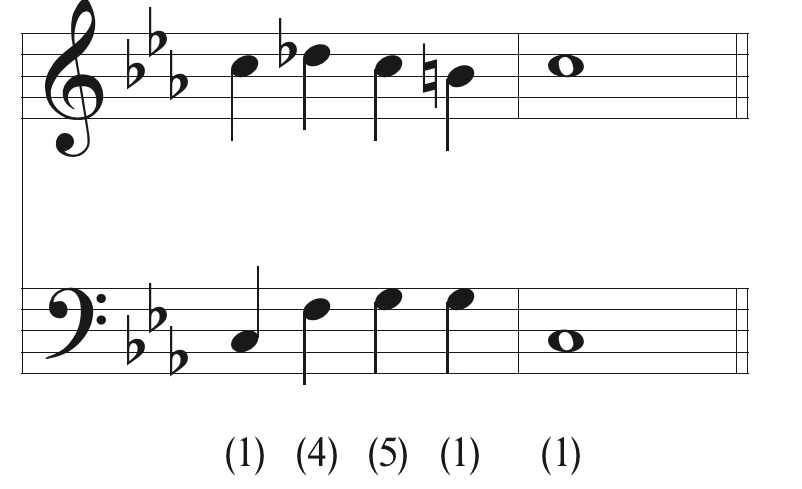
In a four-part keyboard setting:
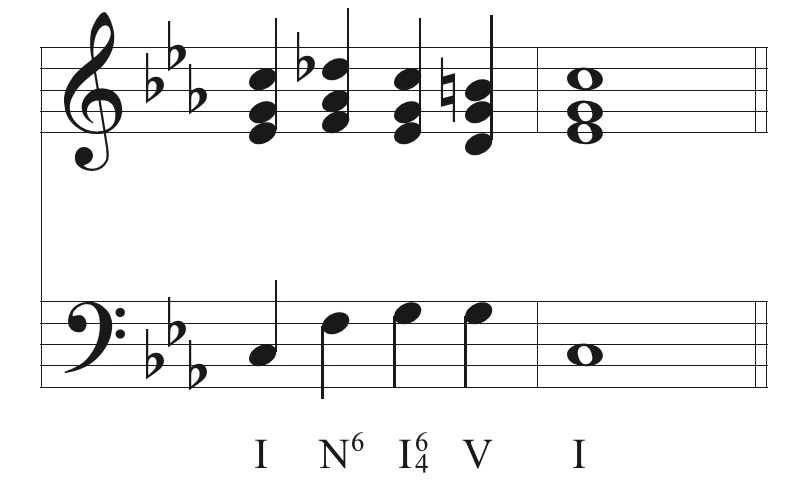
Compared with II6 in minor:
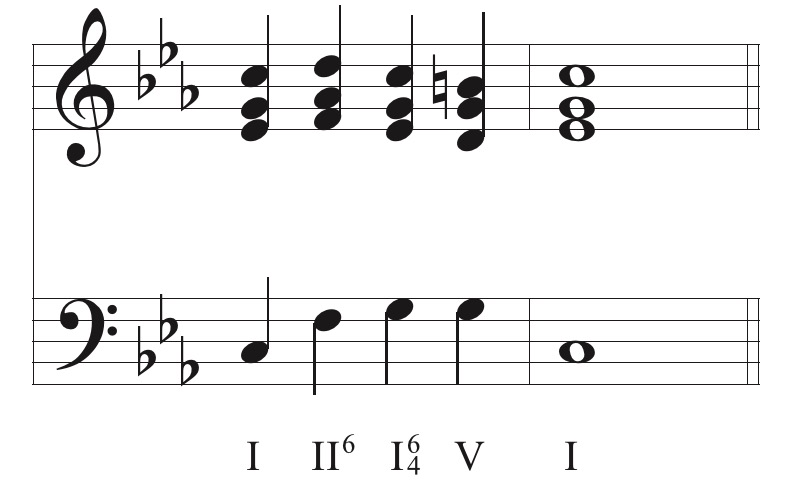
Compared with N6 in major:
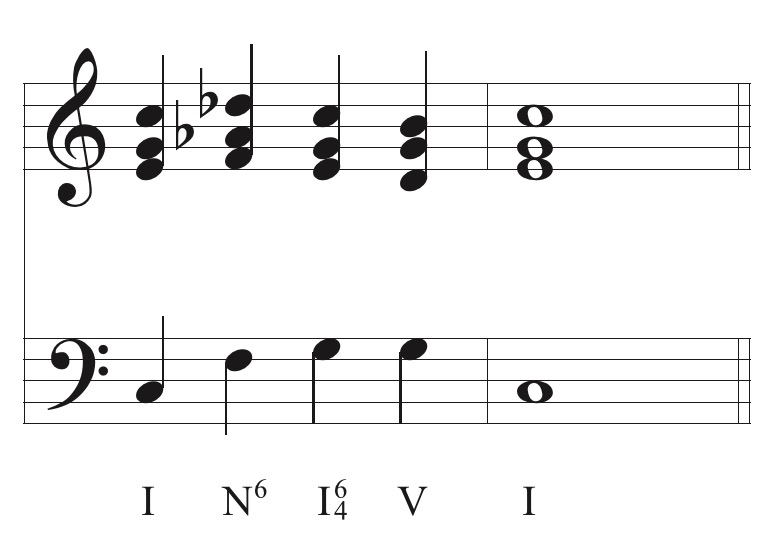
Compared with II6 in major:
